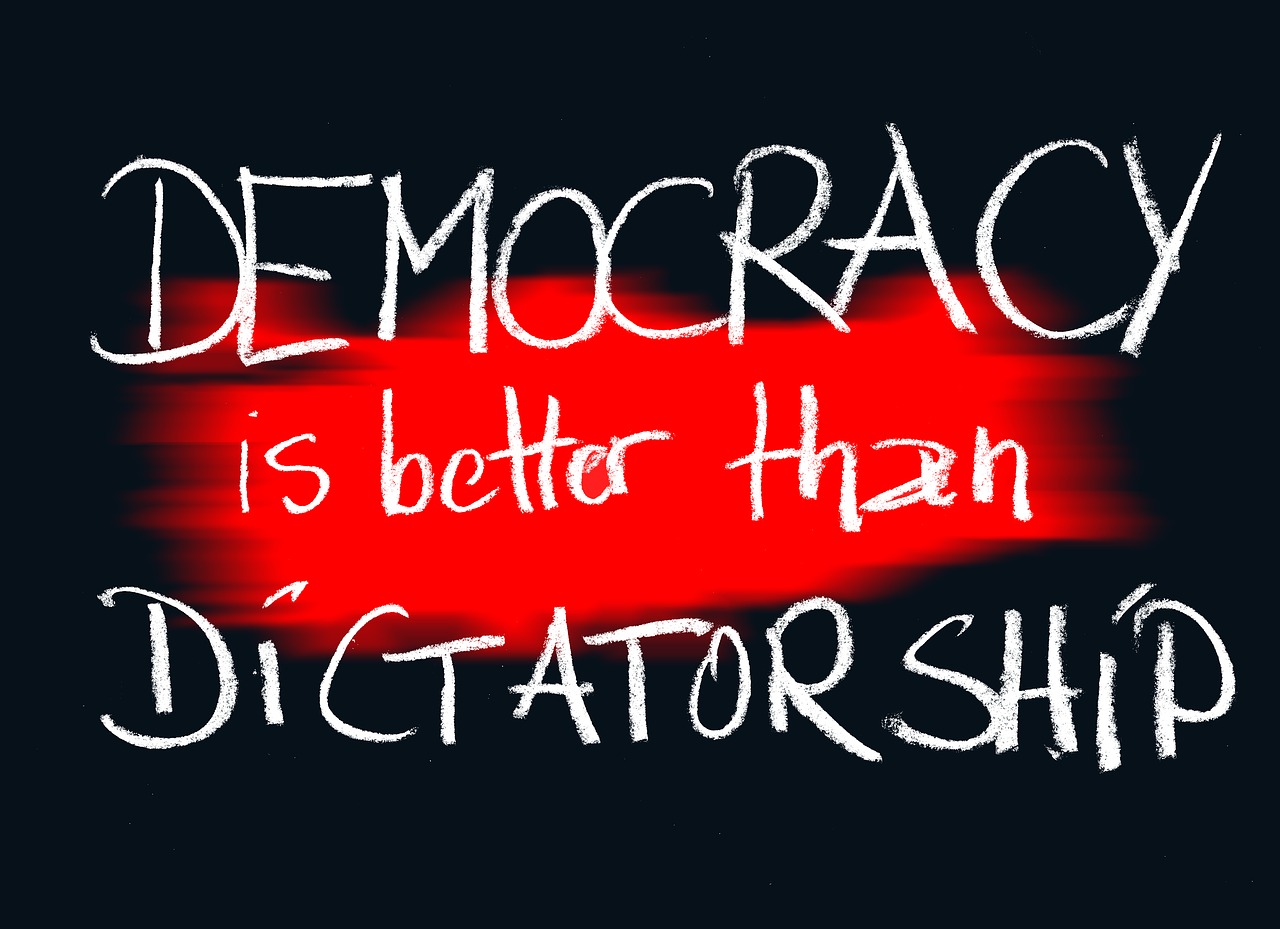When discussing cancer, the distinction between preventing and treating the disease is crucial for both public health strategies and individual patient care. Below is an overview of both aspects, including definitions, strategies, and examples.
Preventing Cancer
Definition
Preventing cancer refers to measures taken to reduce the risk of developing cancer. This can involve lifestyle changes, early detection, and public health initiatives aimed at minimizing exposure to known carcinogens.
Strategies for Cancer Prevention
Lifestyle Modifications:
- Healthy Diet: Consuming a balanced diet rich in fruits, vegetables, whole grains, and lean proteins while limiting processed foods, red meats, and sugars can help lower cancer risk.
- Physical Activity: Regular exercise helps maintain a healthy weight and reduces the risk of various cancers, including breast and colon cancer.
- Tobacco Control: Quitting smoking or not starting is one of the most significant preventative measures individuals can take to reduce cancer risk.
- Alcohol Moderation: Limiting alcohol consumption can lower the risk of cancers such as liver, breast, and colorectal cancer.
Vaccination:
- Vaccines such as the HPV vaccine can prevent cancers related to the human papillomavirus, and the hepatitis B vaccine can reduce the risk of liver cancer.
Regular Screening:
- Early detection through screenings (e.g., mammograms, colonoscopies, Pap tests) can identify precancerous conditions early, allowing for timely intervention.
Public Health Initiatives:
- Implementing policies to reduce exposure to carcinogens (e.g., regulating air quality, enforcing safe workplace standards) and promoting awareness campaigns about cancer risks.
Treating Cancer
Definition
Treating cancer encompasses the medical interventions used to manage and eradicate cancer once it has been diagnosed. This can include a range of therapies aimed at reducing tumor size, preventing spread, or achieving remission.
Strategies for Cancer Treatment
Surgery:
- Surgical intervention may involve removing tumors or affected areas of tissue. It is often most effective for localized cancers.
Radiation Therapy:
- This utilizes high-energy radiation to kill cancer cells or shrink tumors, often used in conjunction with other treatments.
Chemotherapy:
- The use of drugs to kill or inhibit the growth of cancer cells. Similar to radiation, chemotherapy may be administered before surgery to shrink tumors or after to eliminate remaining cancer cells.
Targeted Therapy:
- Targeted treatments focus on specific molecular targets associated with cancer, offering a more personalized approach with potentially fewer side effects.
Immunotherapy:
- This innovative treatment utilizes the body’s immune system to fight cancer, helping to restore immune responses against cancer cells.
Hormone Therapy:
- Used for certain cancers that are hormone-sensitive (e.g., breast and prostate cancers), hormone therapies can block or lower the amount of hormones in the body.
Conclusion
While treating cancer is essential for managing the disease and improving patient outcomes, preventing cancer is equally important for reducing incidence rates and enhancing population health.
A dual approach that emphasizes both prevention and effective treatment strategies can lead to better overall cancer control and health outcomes.
Key Takeaway
- Prevention is proactive: Awaiting the onset of cancer can often result in more complex treatment scenarios. Emphasizing healthy lifestyles, vaccinations, and screenings can significantly reduce the risk and incidence of cancer.
- Treatment is reactive: Emphasis shifts to managing and combating the disease once diagnosed, utilizing advanced medical interventions tailored to the individual patient’s characteristics and cancer type.
A focus on both prevention and treatment will help maximize individual health outcomes and reduce the overall burden of cancer on society.





